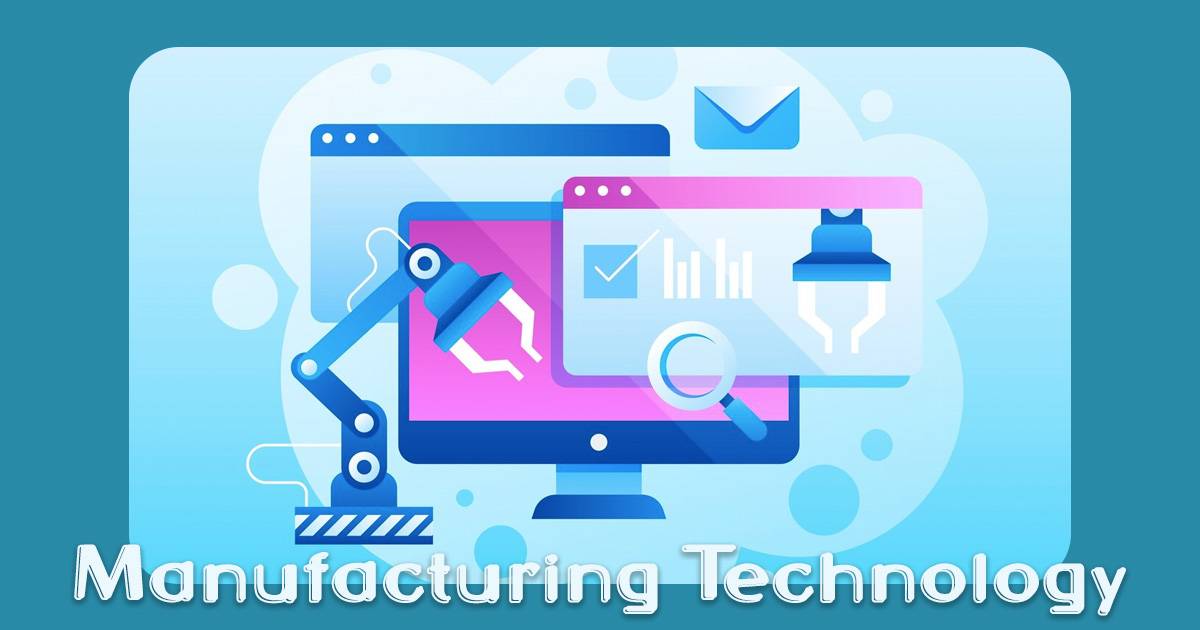Manufacturing Technology: 10 Innovations Shaping the Future of Production

For many centuries, manufacturing has been a key part of society, helping economies grow and communities thrive. From making things by hand to using machines during the Industrial Revolution, manufacturing has always changed to meet our needs. Today, it’s crucial to the global economy, providing the goods and structures that support our everyday lives. The industry’s role is more important than ever as it influences the world we live in and speeds up technological and economic advancements.
The way we manufacture things has changed a lot. It used to be all about hard manual work and simple tools. Now, it’s about precision and efficiency, thanks to new technologies. In the past, manufacturing needed a lot of human labor. Today, it’s all about automation, digital tools, and smart technology that have completely transformed how we make products.
Modern Technology: Changing the Face of Manufacturing
Today’s technology is taking manufacturing to a whole new level. A report from Deloitte shows that more than 90% of manufacturers have adopted digital tools, greatly improving how they work and innovate. Major advancements include automation, data analysis, and connected systems. Together, these technologies have improved manufacturing, allowing for more precise and efficient production than ever before.
Benefits of Modern Manufacturing Advancements
- More efficient operations and lower costs
- Better and more consistent product quality
- Increased ability to adapt to market changes
- Safer work environments
- Less environmental impact through eco-friendly practices
Modern Innovations Boosting Manufacturing Efficiency
To thrive in today’s manufacturing landscape, leveraging cutting-edge technologies is essential. Here’s an expanded list of key innovations that are transforming the industry by boosting efficiency and quality:
1. Automation and Robotics
Automation involves using machines to perform tasks that are repetitive or hazardous, greatly improving speed and accuracy. In the automotive industry, robotic arms are employed for precise operations like welding and painting, ensuring uniformity and reducing human error. In order to improve overall productivity and workplace safety, collaborative robots, or “cobots,” serve alongside human workers in tasks like assembly and quality control.
2. Additive Manufacturing (3D Printing)
This technique constructs objects layer by layer from digital designs, making it ideal for complex, customized products with minimal waste. In aerospace, companies like Boeing utilize 3D printing to produce lightweight parts, which not only cuts down on material costs but also speeds up the development of prototypes, allowing for quicker design iterations and innovation.
3. Internet of Things (IoT)
IoT allows for real-time data collection and analysis by connecting systems and equipment to the internet. Because of this connectivity, manufacturers are able to use predictive maintenance, which involves continuously monitoring the health of their machinery to avoid malfunctions. General Electric, for example, uses Internet of Things (IoT) sensors in its jet engines to monitor performance and predict maintenance requirements, which lowers unplanned downtime and maintenance expenses.
4. Artificial Intelligence (AI) and Machine Learning
Artificial intelligence (AI) systems analyze vast amounts of data to enhance decision-making and streamline manufacturing procedures. In the pharmaceutical sector, companies like Pfizer use AI to streamline supply chain operations and enhance quality control, ensuring products meet regulatory standards while reducing waste and production time.
5. Cloud Computing
Cloud services offer scalable and remote data storage and processing capabilities, facilitating seamless collaboration across global teams. Siemens uses cloud computing to gather and analyze performance data from its factories worldwide, enabling real-time insights and optimization of production processes to meet varying demands efficiently.
6. Digital Twins
A digital twin is a virtual model of a physical product or process that helps in simulating and analyzing performance. Siemens applies digital twins to its turbine operations, allowing engineers to foresee and address potential issues before they occur, thus minimizing maintenance interruptions and extending equipment lifespan.
7. Predictive Analytics
Predictive analytics helps with maintenance scheduling and demand planning by predicting future trends and events using statistical algorithms and historical data. Caterpillar employs predictive analytics to anticipate when machinery parts might fail, ensuring timely maintenance and reducing operational disruptions.
8. Augmented Reality (AR)
AR technology overlays digital information onto the physical world, offering workers interactive guides and instructions. Boeing uses AR to provide technicians with step-by-step assembly instructions for aircraft wire harnesses, improving efficiency and reducing errors during the production process.
9. Advanced Materials
Innovations in materials science, such as carbon fiber composites and nanomaterials, allow for the creation of products that are lighter yet stronger. In the automotive industry, Tesla incorporates these materials to enhance vehicle performance while maintaining safety standards, leading to more fuel-efficient cars.
10. Blockchain Technology
This technology records transactions in a secure and immutable manner, increasing transparency and traceability in supply chains. IBM and Maersk have developed a blockchain-based platform that improves the efficiency of global trade by ensuring every step in the supply chain is verifiable and trustworthy.
The Future of Manufacturing: A Journey Towards Innovation
Looking ahead, manufacturing is set to enter an exciting new phase driven by continuous innovation and technological breakthroughs. In the future, we can expect factories to become smarter, using artificial intelligence to manage and improve processes on their own. This will help make production more efficient and environmentally friendly.
New technologies like blockchain and advanced robotics will continue to reshape how products are made and delivered. The focus will shift towards creating less waste and building a more sustainable world, with circular manufacturing models playing a key role in this transformation.
Digital tools will allow for real-time monitoring of machinery and predict when maintenance is needed, reducing unexpected downtimes and boosting productivity. At the same time, the development of new materials will lead to products that are not only better performing but also kinder to our planet.
As these changes unfold, manufacturers willing to adapt and embrace these new technologies will be at the forefront, opening up new opportunities for growth and success. The future of manufacturing is bright, full of potential, and ready to set new benchmarks for innovation and sustainability.
